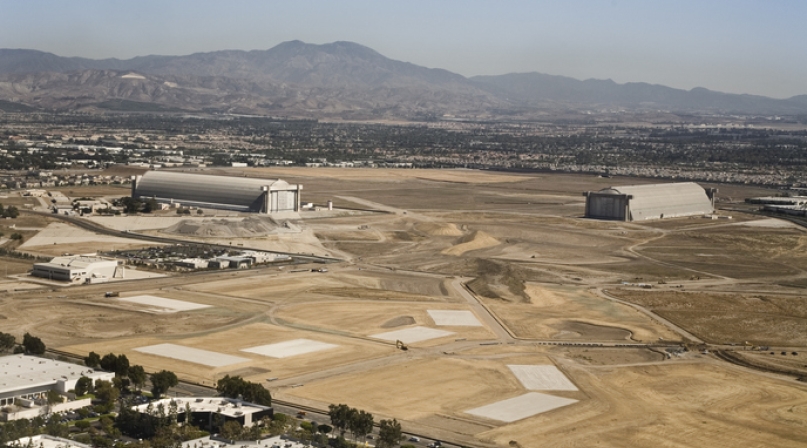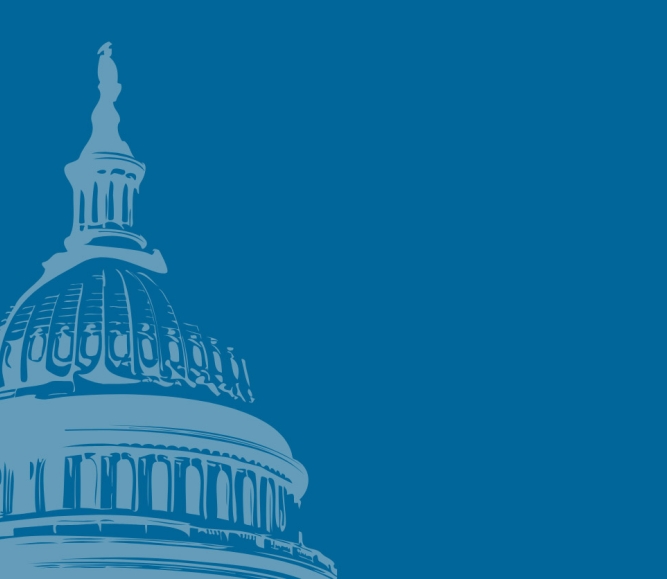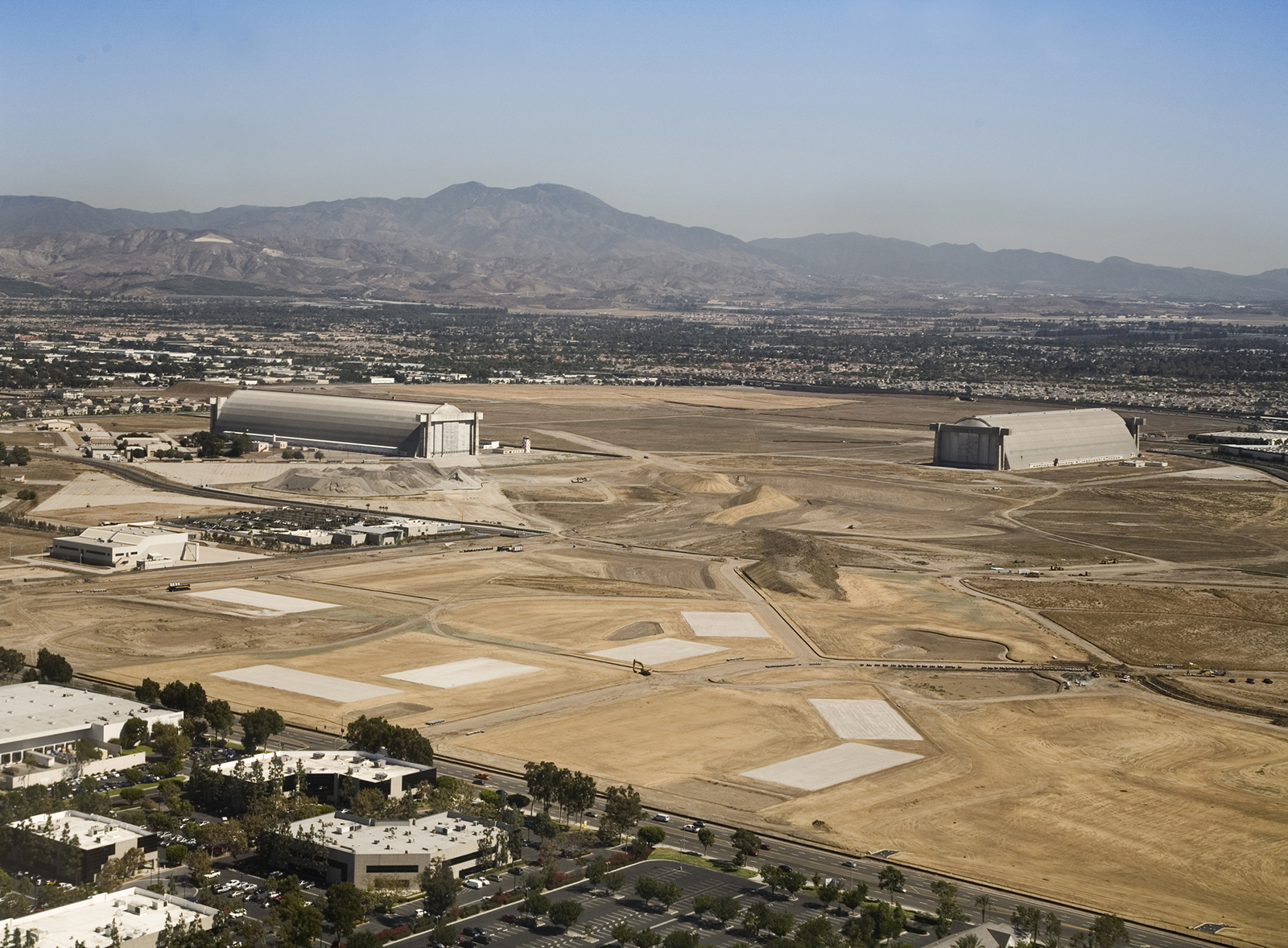U.S. House to vote on comprehensive package to address PFAS
Upcoming Events
Related News

Key Takeaways
On January 10, The U.S. House of Representatives passed the PFAS Action Act of 2019 (H.R. 535), a 12-bill package to address the class of toxic chemicals known as PFAS, or per- and polyfluoroalkyl substances, on a 247-159 vote. The legislation would require the U.S. Environmental Protection Agency (EPA) to set a health-protective drinking water limit for Perfluorooctanoic acid (PFOA) and Perfluorooctanesulfate (PFOS) and designating those chemicals as hazardous under the Comprehensive Environmental Response, Compensation and Liability Act, or CERCLA, for the purposes of Superfund cleanups as well as listing PFOA and PFOS as hazardous air pollutants under the Clean Air Act. In a win for counties, the bill includes language requiring the EPA to consult with local governments while the agency develops rule guidance. The bill orders EPA to establish a grant program to aid communities affected by PFAS and authorizes $100 million per year for two years for the program. The package also includes language authorizing $100 million per year for five years from the Drinking Water State Revolving Fund to aid states in addressing emerging drinking water PFAS contaminants. The bill now heads to the Senate for action.
The amended bill was passed by the House Energy and Commerce Committee in November, with two Republicans joining Democrats in support.
PFAS have been used in the production of Teflon, Scotchgard, cardboard packaging and other products since the 1960s. Manufacturers stopped using the chemicals in 2006, but because they don’t deteriorate, these potentially harmful chemicals pose a long-term risk. In addition, the U.S. Department of Defense has mandated use of a particular firefighting foam that contains chemicals in the PFAS family.
What’s in each of the 12 bills?
- H.R. 535 would direct the EPA administrator, within one year, to designate PFOA and PFOS as hazardous substances under the Comprehensive Environmental Response, Compensation and Liability Act, or CERCLA, for the purposes of Superfund cleanups within one year. Additionally, the bill would require EPA to decide on listing the rest of the PFAS chemicals within five years.
- H.R. 2608 would require the EPA administrator, within six months, to issue a proposed rule (and issue a final rule within two years) mandating comprehensive toxicity testing under the Toxic Substances Control Act of all chemical substances containing PFAS.
- H.R. 2596 would require the EPA to prohibit the manufacturing, processing and distribution of PFAS in commerce under the Toxic Substance Control Act for five years and ban all new PFAS substances.
- H.R. 2377 would require the EPA administrator to determine, publish and enforce a national drinking water limit for PFAS within two years, specifically (at a minimum) for PFOA and PFOS.
- H.R. 2577 would include PFAS chemicals on the Toxics Release Inventory under the Emergency Planning and Community Right-To-Know Act beginning Jan. 1 of the calendar year following the package’s enactment.
- H.R. 2533 would require EPA to establish a grant program within six months to aid communities with water systems that have been affected by PFAS and would authorize $100 million per year for two years for the program.
- H.R. 2626 would allow cooperative agreements with states, local and tribal governments to help remove and remediate water and soil PFAS contamination.
- H.R. 2605 would require the EPA administrator within six months to add PFAS with at least one fully fluorinated carbon atom to the list of hazardous air pollutants under the Clean Air Act.
- H.R. 2591 would ban the waste incineration of PFAS under the Solid Waste Disposal Act.
- H.R. 2566 would create a Safer Choice label for pots, pans and cooking utensils that do not contain PFAS.
- H.R. 2638 would direct the EPA administrator to issue guidance within one year on minimizing the use of firefighting foam containing PFAS.
Significant Amendments Included
- An amendment by Rep. Woodall (R-Ga.) to require the Federal Aviaiton Administration and state and local building code inspectors and fire marshals are at the guidance-making table.
- An amendment by Rep. Anthony Brindisi (D-N.Y.) to require EPA to issue a final ruling listing PFOA and PFOS as hazardous air pollutants under the Clean Air Act within 180 days.
The legislative package includes an authorization for $100 million annually for five years from the Drinking Water State Revolving Fund to aid states in addressing emerging drinking water PFAS contaminants. In addition, the bill would require the EPA to create a new use rule for long-chain PFAS by June 22, 2020 and it directs the agency to issue guidance on how to destroy and dispose of PFAS within one year.
As owners, users and regulators of water resources, counties are directly impacted by the federal policies and funding authorized in the legislation. NACo encourages you to contact your member of Congress and tell them you support efforts by EPA and other federal agencies to study the health and environmental impacts of PFAS compounds. Additionally, as the administration moves toward potential regulatory action, counties urge the administration to work closely with state and local governments throughout the rule-making process.
Related News

County Countdown – March 25, 2025
Every other week, NACo's County Countdown reviews top federal policy advocacy items with an eye towards counties and the intergovernmental partnership. This week features budget reconciliation, FY 2025 funding and more.

CEQ issues interim final rule on implementing NEPA regulations
On February 25, the Council on Environmental Quality (CEQ) issued an interim final rule to remove existing federal regulations on the National Environmental Policy Act (NEPA),and rescinded CEQ’s authority to promulgate NEPA regulations. CEQ issued a memo on February 19 asserting that any federal agencies implementing regulations should prioritize streamlining and expediting NEPA’s permitting process.
Resource
Urge Congress and EPA to Consult with Counties on any Future Regulations on PFAS


